Create
One piece at a time: The mosaic art of Teresa Sullivan
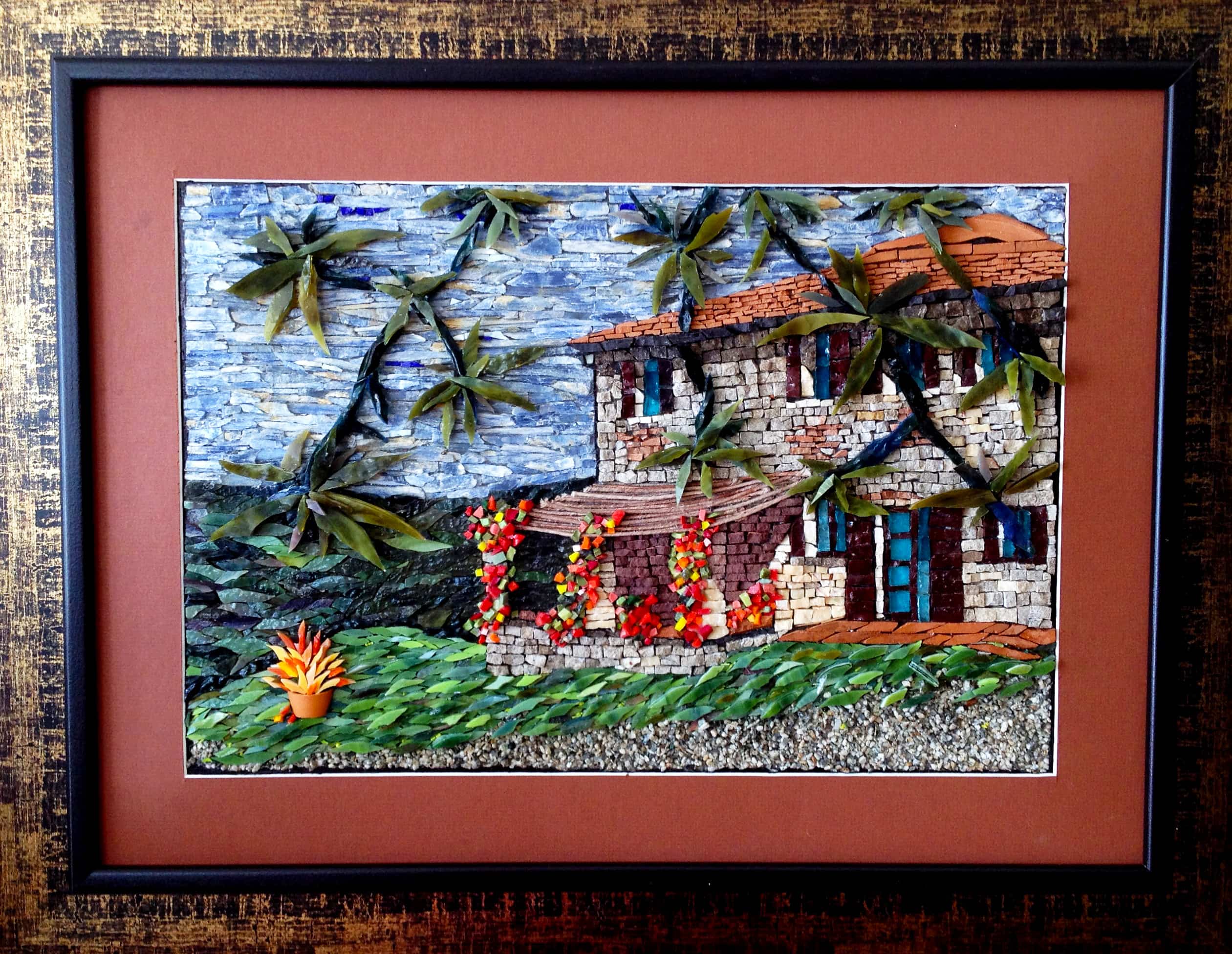
Strictly speaking, andamento is an Italian musical term, but its essential definition – a long and continuous fugue – also applies to the art of creating mosaics. The artists who work with small pieces of stone or glass, to jigsaw together a larger picture, refer to the work’s “flow” as its andamento.
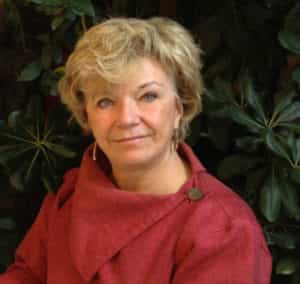 “The andamento,” St. Petersburg’s Teresa Sullivan writes in her Artist Statement, “can lead me in different directions than I had planned, but I have learned to trust my hands, my materials and my heart – and to listen.”
“The andamento,” St. Petersburg’s Teresa Sullivan writes in her Artist Statement, “can lead me in different directions than I had planned, but I have learned to trust my hands, my materials and my heart – and to listen.”
Sullivan and her husband retired to the city in 2013 from the D.C./Virginia area. She was a founding member of the Warehouse Arts District Association, and remains on the board today. One of the 50-square-foot columns at the WAD gate features one of Sullivan’s intricate mosaic designs.

Sullivan created this replica of a Byzantine-era mosaic she fell in love with at a museum in Istanbul, Turkey.
Her fascination with the ancient art of mosaics – it’s believed to be around 5,000 years old – began two decades ago; she took several classes in Italy, and to this day continues to study and learn. It’s a never-ending andamento.
In that previous life, she owned an advertising and marketing agency. “I built a lot of heavy-duty databases, so I’ve got a geek side to me,” she laughs. “I’ve got both the left brain/right brain thing going. I’ve always kind of enjoyed that I was pretty good at both sides. The nice thing about the right brain side of it is that I can be mathematical in my mosaic work, and also creative.
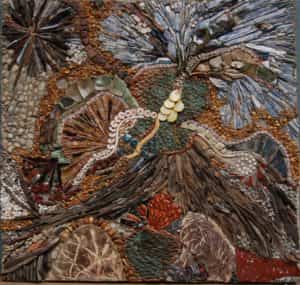
Ancient Flight 2009
“Art forms are much more complicated than I think we ever give them credit for. You get into how somebody does a sculpture or a painting, there are a lot of steps, and there’s chemistry involved. I’ve enjoyed that part of becoming an artist – coming to understand the laws of physics, and co-efficience of color, and glass.”
Her materials are natural stone and the multi-colored, man-made material called smalti, a kind of durable glass that comes in a rainbow of color choices.
Larger pieces are cut into smaller bits – depending on the size she thinks she’ll require – using a specialized hammer and a steel wedge called a hardie, which is embedded in a wooden stool (to absorb the shock of the hammer blows).
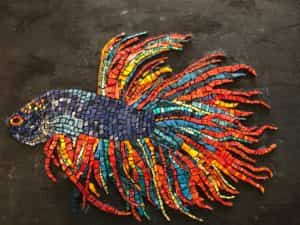 Although she accepts commissions and sometimes creates functional works for clients, Sullivan’s passion is for fine art. She’d tried stained glass, and she’d tried pottery. Meh.
Although she accepts commissions and sometimes creates functional works for clients, Sullivan’s passion is for fine art. She’d tried stained glass, and she’d tried pottery. Meh.
“And not to say potters aren’t inspired by that art form, but I found it repetitive,” she explains. “What I find with mosaic is ‘Ooooh, what can I do today?’ I can build this cool thing, it can be concave, it can be convex, I can use all these different materials.”
Stone, when it’s broken, reveals brilliant organic patterns, sometimes the result of millions of evolutionary years. She loves the smell of freshly-broken stone, too.
“There’s something about working with natural materials that make me feel very connected to the earth,” Sullivan says. “One of my favorite materials is slate, because it feels just so incredibly primeval to me.
 “The other thing is, I’ve been a student of mythology for probably 30 years. I read a lot of mythology. I started to realize, there’s a whole mythology about monarch butterflies, there’s a mythology about peacock feathers, and so it’s just intriguing to me that this whole literary, philosophical thing about mythology, I can link to the work that I do. And that just gives me great satisfaction.”
“The other thing is, I’ve been a student of mythology for probably 30 years. I read a lot of mythology. I started to realize, there’s a whole mythology about monarch butterflies, there’s a mythology about peacock feathers, and so it’s just intriguing to me that this whole literary, philosophical thing about mythology, I can link to the work that I do. And that just gives me great satisfaction.”
It’s time-consuming, but once Teresa Sullivan is focused, she stays focused until she’s happy with the work.
“It’s a labor of love,” she says. “People ask me, how can you be so patient with this?’ It isn’t patience. Like most artists, once I get involved in the color, and the texture, and creating the different sizes, I get completely lost.”
Sum of Its Parts, an exhibition of Sullivan’s art, is on view at the Mirella Cimato Gallery through November. Details here.
Artist’s website: www.sullivanmosaics.com
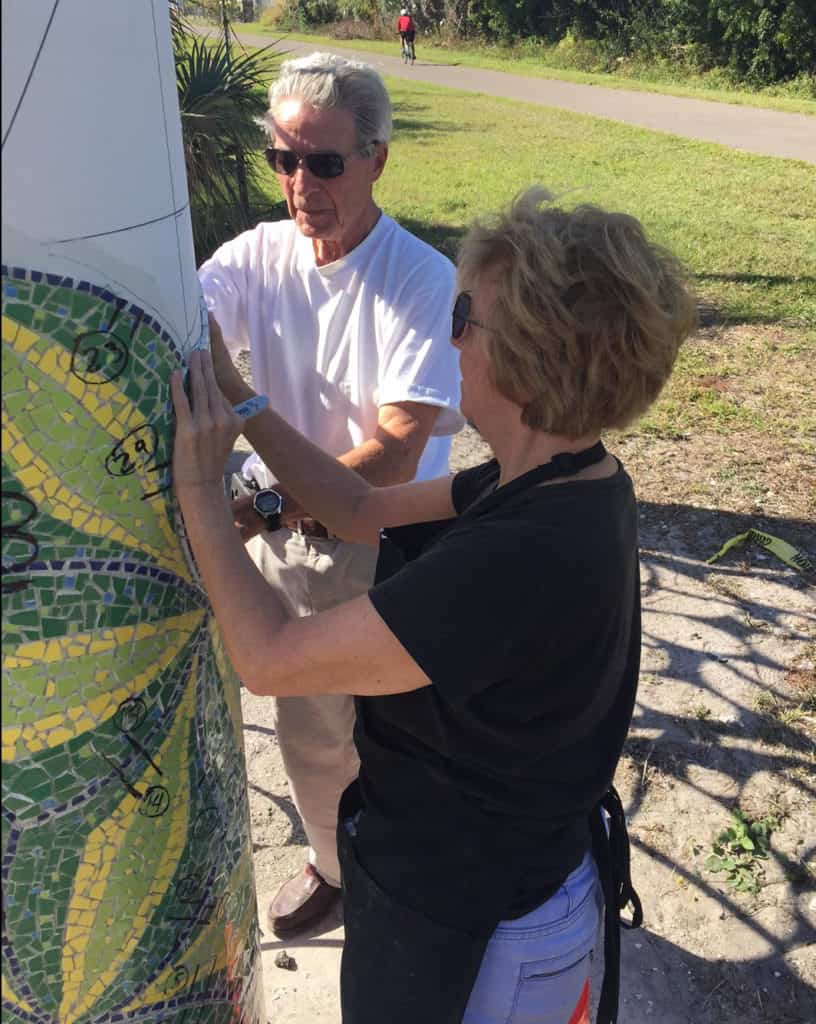
Creating the Warehouse Arts District entrance column







